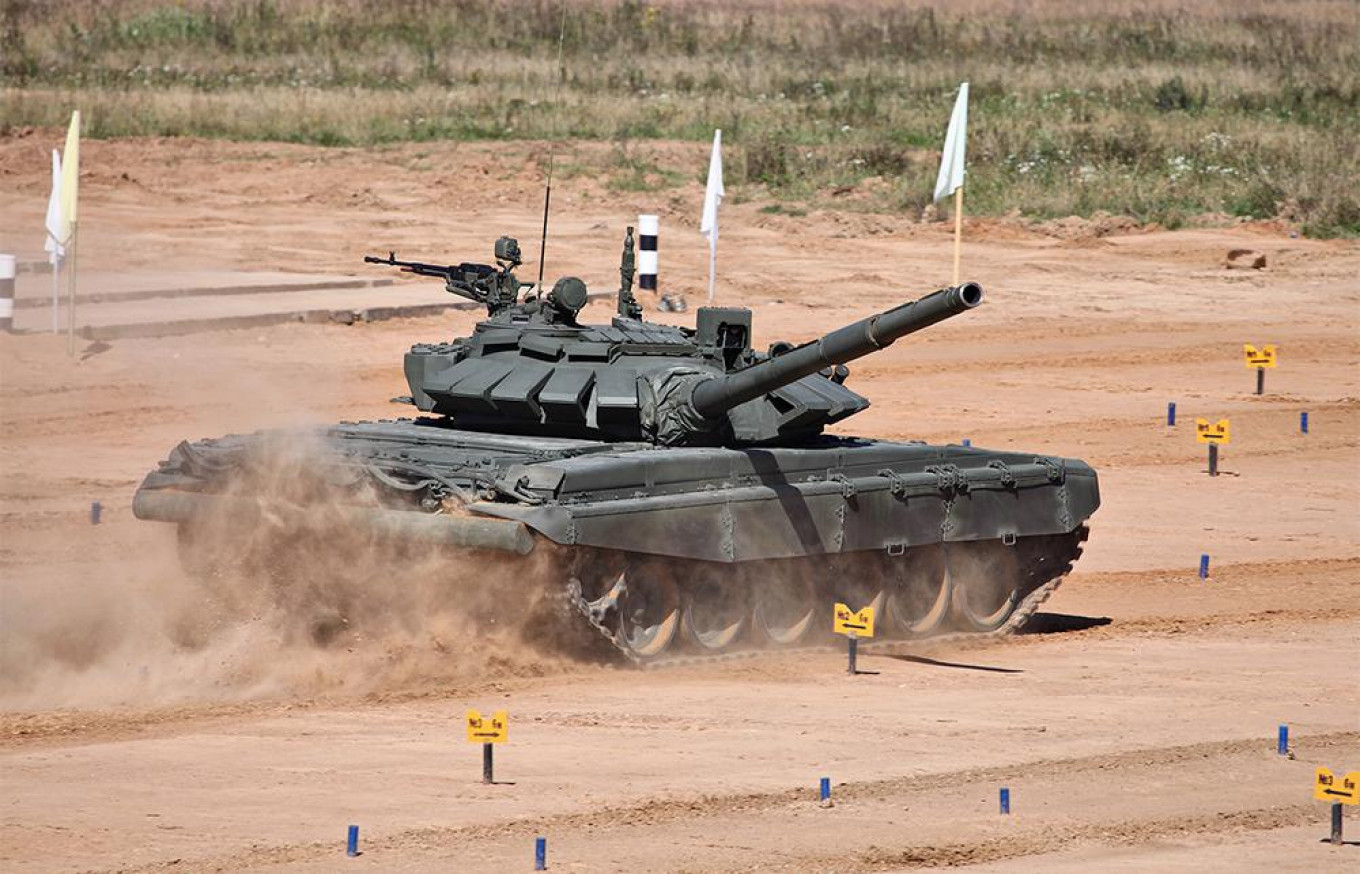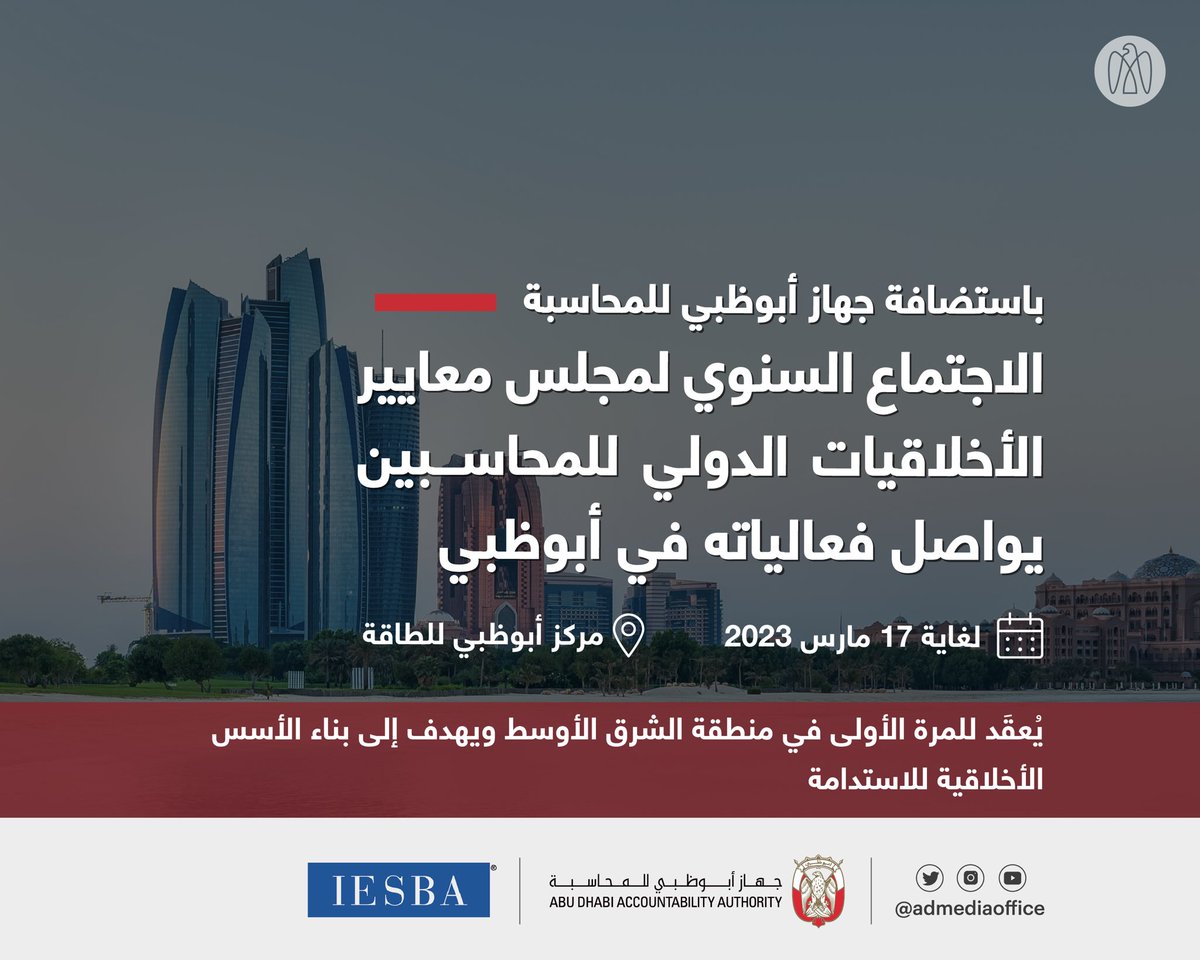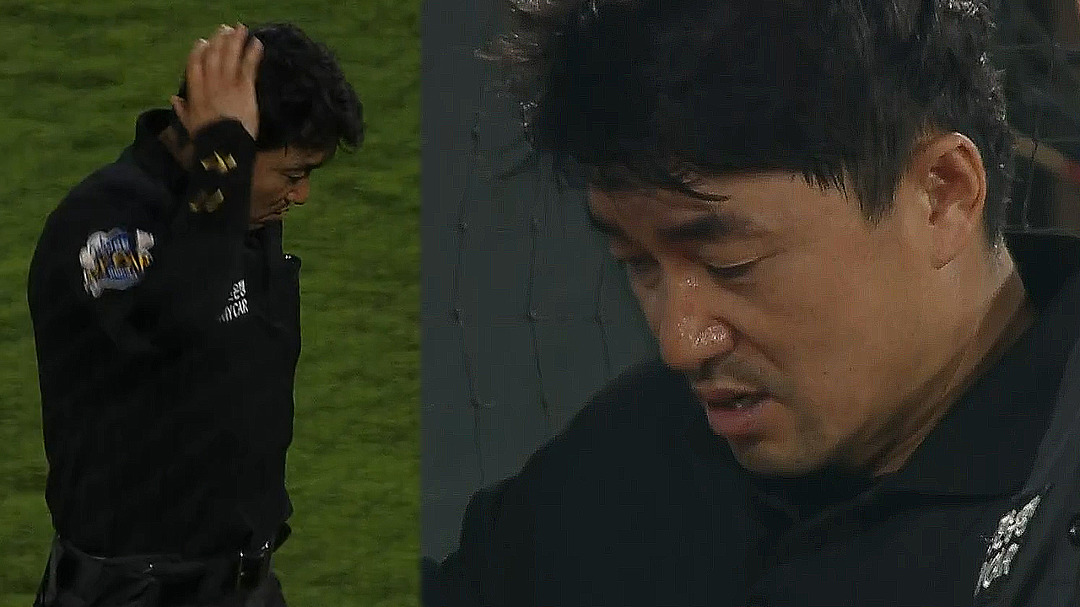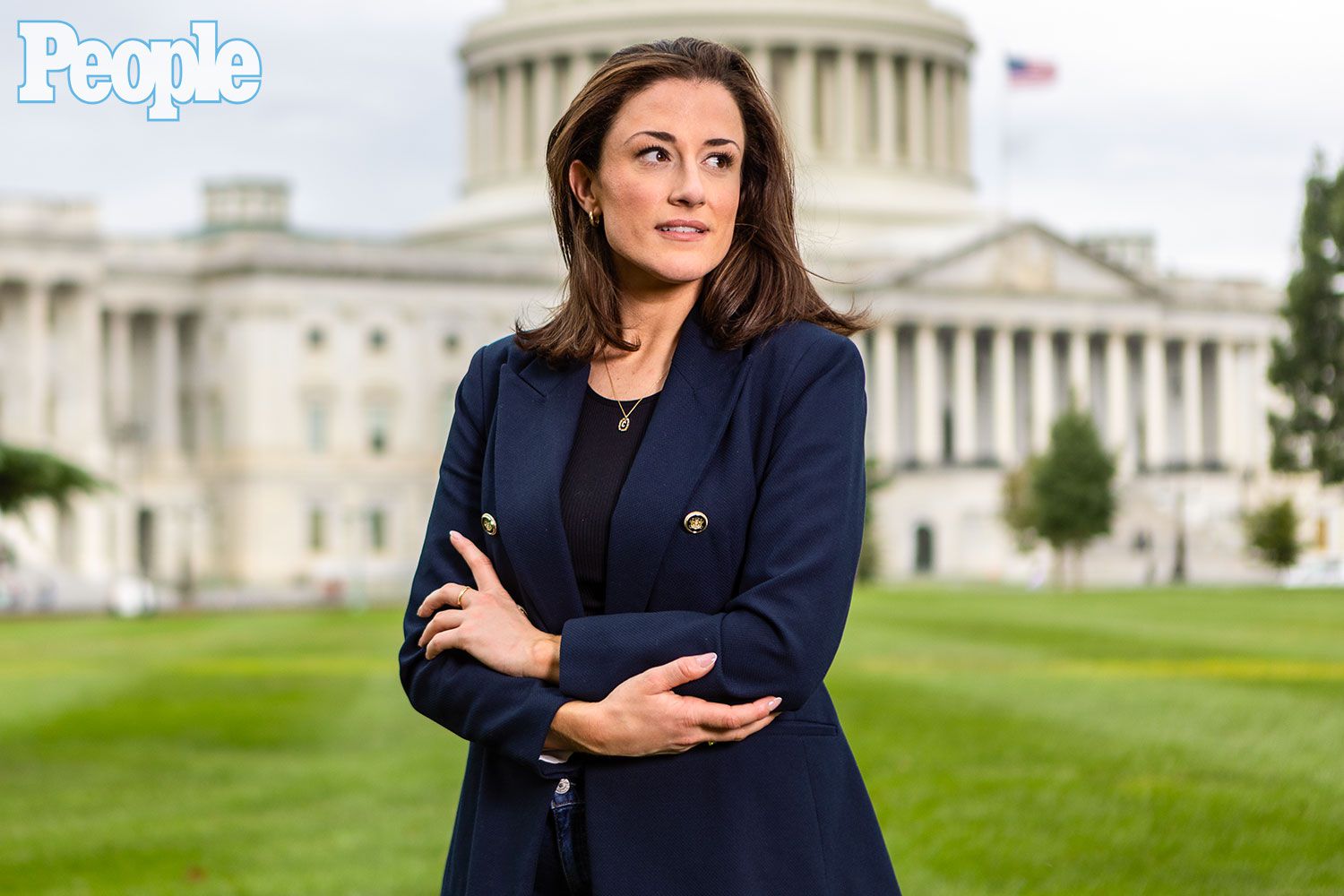Understanding Russia's Military Strategy And Its Impact On Europe

Table of Contents
Key Components of Russia's Military Doctrine
Russia's military strategy is a multifaceted approach combining conventional warfare capabilities with unconventional tactics and a strong reliance on nuclear deterrence. Understanding these components is vital to comprehending its actions and potential future moves.
Nuclear Deterrence: The Foundation of Russian Strategy
Nuclear weapons form the cornerstone of Russia's defense strategy. This reliance on nuclear deterrence significantly shapes its interactions with the West and influences its approach to conflicts.
- Emphasis on escalation dominance: Russia's doctrine suggests a willingness to escalate a conflict to the nuclear level if its vital interests are threatened.
- Modernization of nuclear arsenal: Significant investment in modernizing its nuclear arsenal, including both strategic and tactical weapons, demonstrates a commitment to maintaining a credible nuclear threat.
- Potential for tactical nuclear weapons use: The possibility of employing tactical nuclear weapons in a conventional conflict remains a significant concern for the international community. This raises the risk of escalation and necessitates a careful consideration of de-escalation strategies.
- Impact on NATO's deterrence posture: Russia's nuclear posture directly impacts NATO's deterrence strategy, forcing the alliance to constantly reassess its own capabilities and readiness.
Russia's nuclear doctrine, while officially emphasizing a retaliatory posture, leaves room for interpretation and raises concerns about potential miscalculation or accidental escalation. The ambiguity inherent in its nuclear policy necessitates ongoing monitoring and diplomatic engagement.
Conventional Warfare Capabilities: Strengths and Weaknesses
Russia possesses considerable conventional military capabilities, including a large army, a substantial navy, and a capable, albeit aging, air force. However, the performance in Ukraine has highlighted both strengths and weaknesses.
- Strengths: Russia boasts a large arsenal of tanks, artillery, and other heavy weaponry. Its military also possesses experience gained from past conflicts, though the translation to modern warfare remains a subject of ongoing assessment.
- Weaknesses: The Ukrainian conflict exposed significant shortcomings in logistical capabilities, manpower training, and the reliance on outdated equipment in certain sectors. Coordination between different branches of the military also appears to be a persistent challenge.
- Technological Advancements: While some sectors lag, Russia continues to invest in modernizing certain aspects of its military technology, particularly in areas such as cyber warfare and electronic warfare.
- Limitations in Logistics and Manpower: The ongoing conflict has exposed the limitations of Russia's logistical capabilities and highlighted manpower shortages. These challenges have hampered operational effectiveness and strategic flexibility.
The Ukrainian conflict serves as a case study for analyzing the actual effectiveness of Russia's conventional forces, revealing a complex interplay of strengths and weaknesses that influence its strategic calculus.
Information Warfare and Hybrid Operations: A Multi-Layered Approach
Russia expertly employs information warfare and hybrid operations to complement its conventional military capabilities. These unconventional tactics aim to undermine opponents, sow discord, and achieve strategic objectives without direct military confrontation.
- Examples of Russia's information warfare campaigns: The spread of disinformation, propaganda, and fake news through various media channels, including social media and state-controlled outlets, has been a hallmark of Russian strategy.
- Impact on public opinion and political stability in Europe: These campaigns aim to erode public trust in democratic institutions, fuel social divisions, and influence electoral outcomes in target countries.
- Use of proxies and mercenaries: Russia often employs proxies and mercenaries to conduct operations, allowing for deniability while extending its reach and influence.
- Undermining democratic processes: The interference in democratic elections and referendums exemplifies Russia’s use of hybrid warfare techniques to subvert the political processes of its adversaries.
Countering Russian information operations requires a multi-pronged approach involving media literacy initiatives, fact-checking efforts, and robust cybersecurity measures.
Geopolitical Objectives and Regional Influence
Russia's military strategy is inextricably linked to its broader geopolitical ambitions and its desire to maintain influence over its perceived sphere of interest.
Near Abroad Doctrine: Maintaining Control over Former Soviet Republics
Russia's "near abroad" doctrine highlights its focus on maintaining influence over former Soviet republics. This often translates to direct or indirect intervention in the internal affairs of these states.
- Examples of Russia's actions in the near abroad (e.g., Ukraine, Georgia, Moldova): Military interventions, political pressure, and economic coercion are frequently employed to maintain Russia's grip on these countries.
- Perceived threats to Russian interests: Russia often frames its interventions as responses to perceived threats to its security interests, such as the expansion of NATO or the rise of pro-Western governments.
- Methods of asserting influence: These range from direct military intervention to covert operations, economic sanctions, and the manipulation of media narratives.
Understanding the historical context and Russia's perceived security concerns is crucial to interpreting its actions in the near abroad.
Challenge to the Western-led Order: Countering Western Influence
Russia's military strategy is also designed to challenge the existing Western-led international order. This involves direct confrontation and indirect methods of undermining Western influence.
- Russia's aims in countering Western influence: This includes weakening NATO, limiting the EU's expansion, and promoting alternative international institutions that better reflect Russia’s interests.
- Its use of veto power in international organizations: Russia frequently utilizes its veto power in the UN Security Council to block resolutions that contradict its interests.
- Its support for anti-Western movements: Russia supports populist and nationalist movements across Europe and beyond that share its goals of challenging the existing international order.
This strategic challenge to the West creates a complex and dynamic geopolitical landscape, requiring continuous adaptation and engagement.
Impact on European Security and Responses
Russia's military actions have had a profound impact on European security, forcing a reassessment of defense strategies and prompting significant responses.
Increased Military Spending: A Necessary Response
Russia's aggression has prompted a substantial increase in military spending among European countries, particularly within NATO.
- Increased defense spending in NATO countries: Many NATO members have increased their defense budgets to meet the perceived threat.
- Strengthening of military alliances: NATO has strengthened its military alliances and enhanced cooperation amongst member states.
- Deployment of troops to Eastern Europe: NATO has increased its military presence in Eastern Europe, deploying troops and equipment to reinforce its eastern flank.
This increased military spending reflects a shift in security perceptions across Europe, solidifying a more robust defense posture.
NATO's Response and Adaptation: Evolving Strategies
NATO is actively adapting to the evolving security landscape posed by Russia's military actions.
- Enhanced military exercises: NATO conducts more frequent and large-scale military exercises to improve interoperability and readiness.
- Increased military presence in Eastern Europe: The reinforcement of NATO's eastern flank with troops and equipment reflects a proactive approach to deterrence.
- Development of new defense strategies: NATO is continuously reviewing and adapting its defense strategies to counter emerging threats, including hybrid warfare and information operations.
NATO's response underscores the alliance's commitment to collective defense and its adaptation to the changing security environment.
Conclusion: The Ever-Evolving Landscape of Russia's Military Strategy
Understanding Russia's military strategy is paramount for assessing the ongoing challenges to European security. Russia's reliance on nuclear deterrence, its conventional military capabilities, and its sophisticated information warfare tactics pose significant risks. Furthermore, its geopolitical objectives challenge the existing international order, forcing Europe to adapt its security posture and strengthen its alliances. Continued analysis of Russia's military strategy and its implications for Europe is vital. By staying informed about Russia's military strategy and its evolving tactics, we can better anticipate future challenges and develop effective strategies for maintaining peace and stability. Understanding Russia's military strategy is a continuous process requiring vigilance and proactive engagement.

Featured Posts
-
 Unlocking Potential How Middle Managers Contribute To A Thriving Workplace
Apr 29, 2025
Unlocking Potential How Middle Managers Contribute To A Thriving Workplace
Apr 29, 2025 -
 Fn Abwzby Antlaq Fealyath Fy 19 Nwfmbr
Apr 29, 2025
Fn Abwzby Antlaq Fealyath Fy 19 Nwfmbr
Apr 29, 2025 -
 Mlb 160km
Apr 29, 2025
Mlb 160km
Apr 29, 2025 -
 New Music Willie Nelsons Oh What A Beautiful World Album Details
Apr 29, 2025
New Music Willie Nelsons Oh What A Beautiful World Album Details
Apr 29, 2025 -
 Cassidy Hutchinsons Memoir Key Jan 6 Witness Tells All This Fall
Apr 29, 2025
Cassidy Hutchinsons Memoir Key Jan 6 Witness Tells All This Fall
Apr 29, 2025
Latest Posts
-
 February 27 2025 Nyt Strands Guide With Hints And Answers
Apr 29, 2025
February 27 2025 Nyt Strands Guide With Hints And Answers
Apr 29, 2025 -
 Nyt Spelling Bee Answers For April 3 2025 Find The Pangram
Apr 29, 2025
Nyt Spelling Bee Answers For April 3 2025 Find The Pangram
Apr 29, 2025 -
 Nyt Spelling Bee Solutions April 3rd 2025 Complete Guide
Apr 29, 2025
Nyt Spelling Bee Solutions April 3rd 2025 Complete Guide
Apr 29, 2025 -
 Nyt Spelling Bee February 12 2025 Find The Pangram And All Answers
Apr 29, 2025
Nyt Spelling Bee February 12 2025 Find The Pangram And All Answers
Apr 29, 2025 -
 Nyt Spelling Bee February 10 2025 Find The Pangram
Apr 29, 2025
Nyt Spelling Bee February 10 2025 Find The Pangram
Apr 29, 2025
